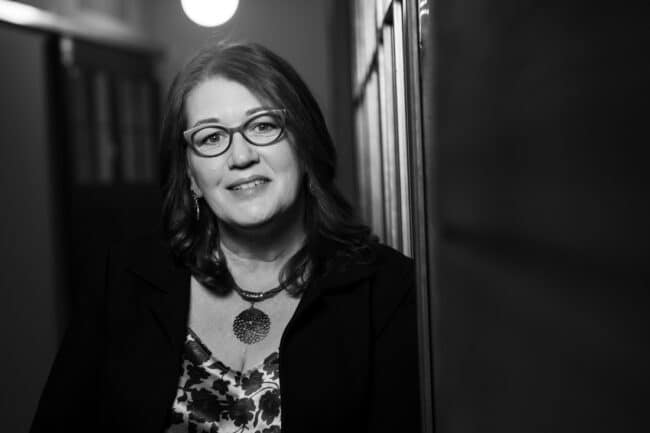In the world of communication, from everyday conversations to advocacy efforts, there’s a growing awareness of the concept of toxic positivity – the overemphasis on unwavering optimism to the detriment of acknowledging real challenges. Today, we delve into the importance of authentic and balanced communication.
Authentic communication begins with acknowledging the complexity of human experiences. It means embracing the highs and lows, recognizing that it’s okay to have both moments of joy and moments of struggle. When we communicate authentically, we create a space for individuals to share their experiences without fear of judgment.
It brings to mind Sylvia Plath’s iconic novel, “The Bell Jar.” Plath’s protagonist, Esther Greenwood, often felt as though her head was trapped inside a bell jar, isolated from the world around her. In many ways, overly positive communication can have a similar effect, creating a sense of detachment and alienation for those who don’t resonate with an overly cheerful tone.
Being overly positive can become toxic positivity, and while well-intentioned, can sometimes do more harm than good. When communication is excessively positive, it can unintentionally create a sense of isolation for those grappling with difficulties. It may lead them to believe that they are alone in their struggles because they don’t resonate with the prevailing cheerful narrative.
Imagine if every song you listened to consisted only of jubilant notes; it might create stress when you are feeling anything other than ecstatic. Songs like “Don’t Worry, Be Happy” by Bobby McFerrin, while fun and uplifting, can sometimes sound like an impossible demand, DON’T WORRY BE HAPPY, especially to someone facing challenges.
In contrast, consider REM’s song “Everybody Hurts” which compassionately acknowledges people’s struggles, reminding us that it’s okay to feel pain and sorrow. It extends a hand of understanding and empathy, giving hope to those that may not be as ecstatic. Just as the lyrics remind us, when you’re sure you’ve had enough, hang on, because everybody hurts sometimes.
Don’t Worry Be Happy is a great feel good song but needs the contrast of Everybody Hurts so the full spectrum of human emotions is addressed. The former encourages people to live with more ease and the later helps when they cannot, knowing that their pain is acknowledged and that they are not the only ones who may have hopeless feelings.
The balance between positivity and realism in communication influences how we relate to one another in our workplaces, communities, and daily interactions. Whether in construction, healthcare, education, or any other field, authentic communication fosters understanding and connection.
Research and statistics consistently demonstrate the benefits of balanced, realistic communication and not only reinforce the importance of the conversation but also underscore that authenticity benefits us all, regardless of our profession.
Authentic communication, which balances positivity with realism, is the key to fostering empathy, understanding, and connection in various aspects of our lives. Just as a a masterpiece’s beauty lies in its intricate blend of diverse elements, our interactions gain resonance and meaning when we embrace the full spectrum of human experiences and emotions.
So, let’s try to communicate openly, honestly, and empathetically. By doing so, we can create a world where everyone feels heard, supported, and understood and where eery emotion is accepted and embraced.


